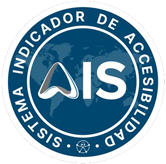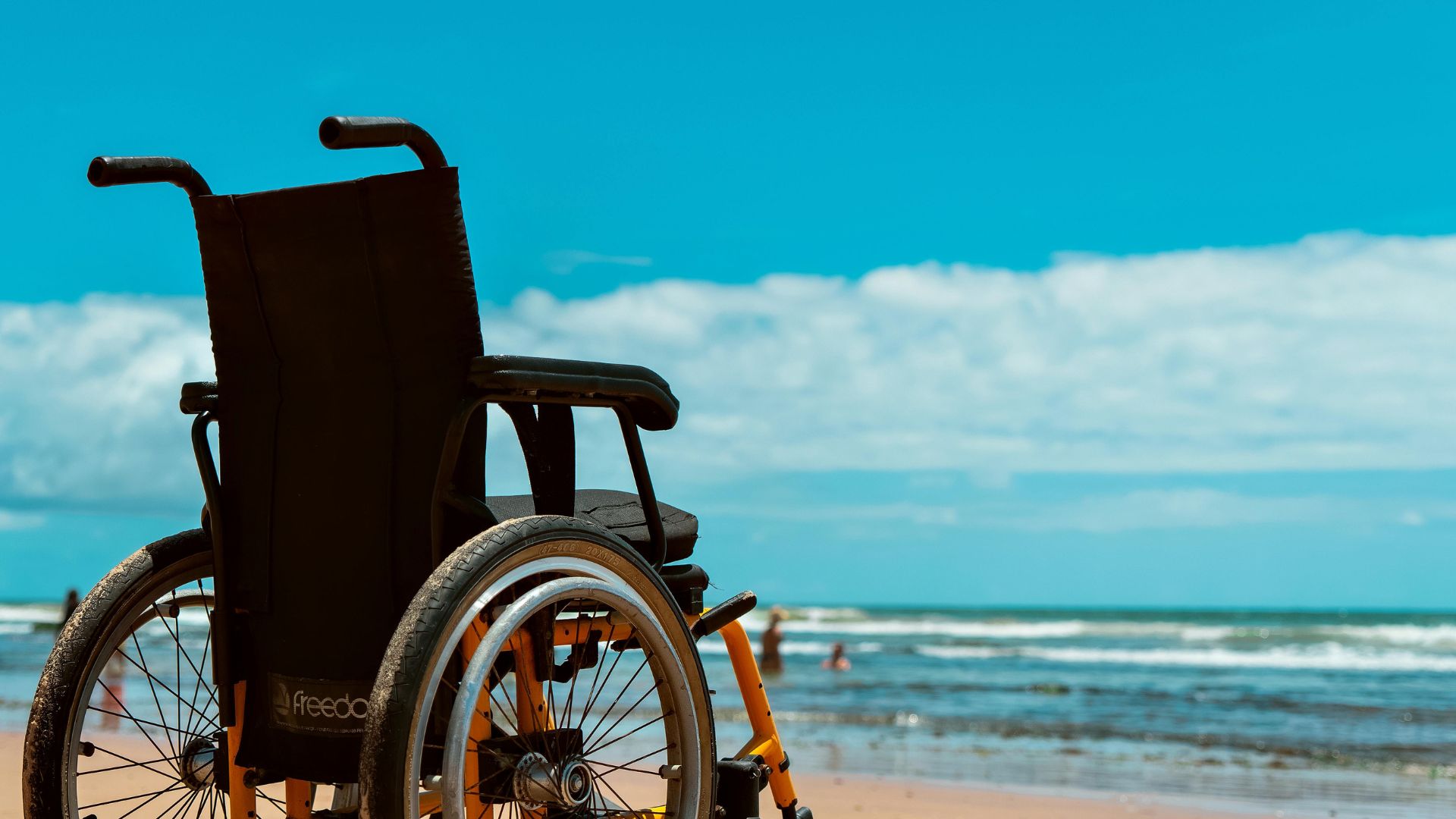Inclusive and accessible tourism not only breaks down physical and social barriers, but also contributes directly to the UN Sustainable Development Goals (SDGs). However, it is not enough to implement accessibility plans; environments, both physical and digital, must be verified based on an international standard and certified by an objective third party, such as the AIS certificate.
What is inclusive and accessible tourism?
Inclusive and accessible tourism ensures that all people, regardless of their physical abilities, age, gender…, can enjoy tourism experiences with the highest degree of autonomy possible. This includes people with disabilities, the elderly, families with children, vulnerable groups…
Inclusive and Accessible Tourism and SDGs: Goal by Goal
Accessible and inclusive tourism shares goals with seven SDGs:
SDG 1: End poverty
Target 1.4: Equitable access to services and employment.
Inclusive tourism creates decent employment in vulnerable communities, including people with disabilities.
SDG 4: Quality education
Goal 4.7: Promote values of inclusion and diversity.
Training in accessibility, inclusive language and attention to diversity within the tourism sector.
SDG 8: Decent work and economic growth
Goals 8.5 and 8.9: Productive employment and sustainable tourism development.
Labor integration of people with disabilities in hotels, agencies, transportation and tour guides.
SDG 10: Reducing inequalities
Goals 10.2 and 10.3: Social inclusion and non-discrimination.
Equal access to leisure and culture for all.
SDG 11: Sustainable cities and communities
Goals 11.2 and 11.7: Transportation and accessible spaces.
Accessible design in tourist destinations: ramps, signage, audio guides, accessible restrooms, etc.
SDG 16: Peace, justice and strong institutions
Goals 16.7 and 16.b: Participation and inclusive laws.
Involve diverse communities in the design of tourism policies.
SDG 17: Partnerships to achieve the goals
Target 17.16: Public-private-civil society partnerships.
Cooperation between governments, tourism companies, organizations of people with disabilities and certifications such as AIS for truly inclusive destinations.
Why go for inclusive and accessible tourism?
- Improves the image of destinations and tourism companies.
- Broadens the tourism market (more than 1 billion people with disabilities in the world).
- It contributes to a fairer and safer world for all people.
- Drives economic growth in a sustainable manner.
- It is integrated into the ESG, SDG and ISD strategies of companies and institutions.
What can you do?
We can all participate in building a more accessible world and, specifically, an inclusive and accessible tourism. If you are a tourism professional or manager of a tourism company, you should be trained in accessibility; as well as evaluate, improve and certify your facilities, services, websites, APPS with international standards such as the AIS certificate for:
Not only will you be complying with laws such as the European Accessibility Act, but you will be contributing to tourism for all, in line with the SDGs and the 2030 Agenda.

